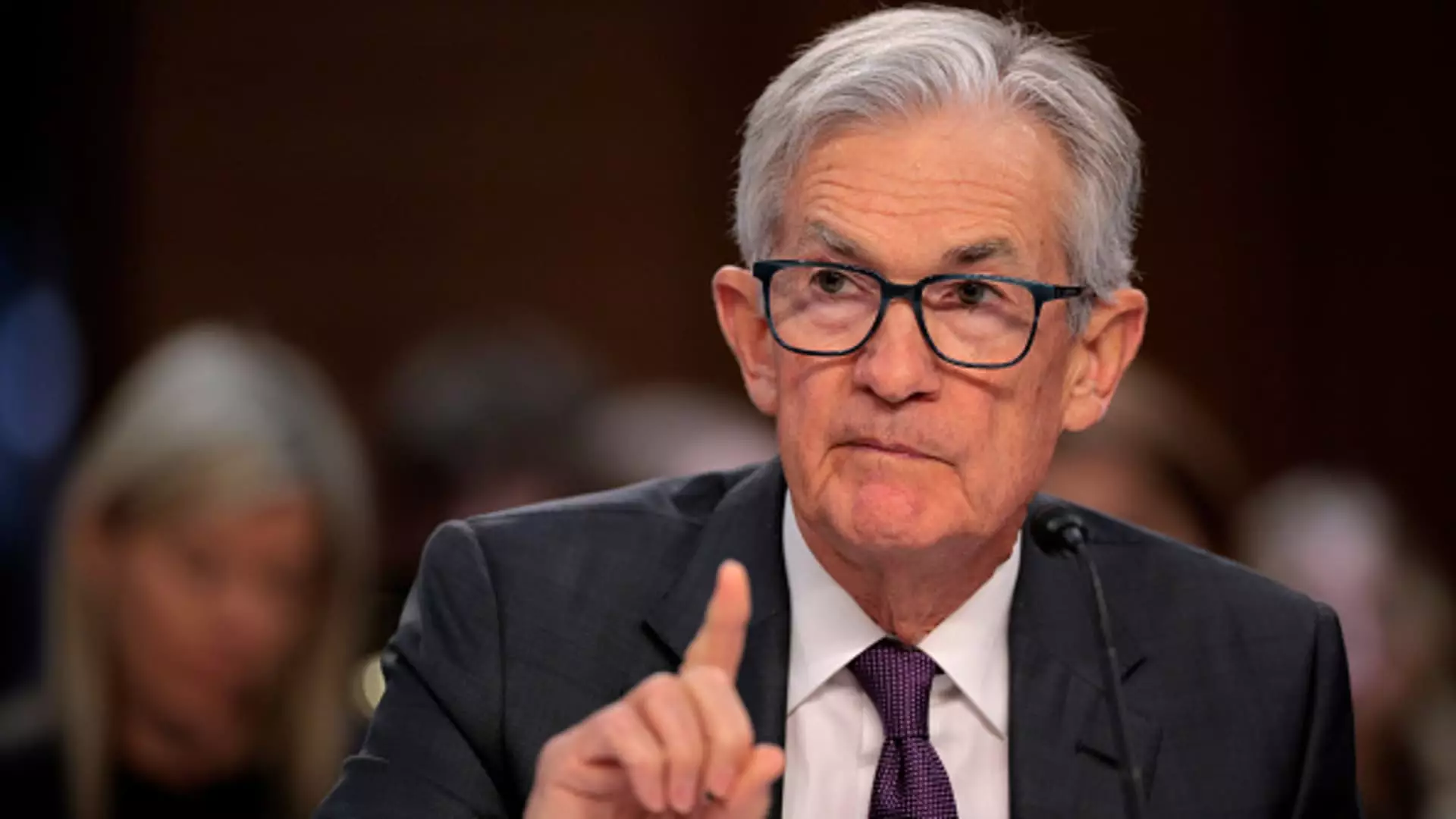The Federal Reserve plays a pivotal role in guiding the U.S. economy, particularly through its monetary policy decisions. In January 2024, officials revealed during the release of meeting minutes that they would need to see a clear reduction in inflation before considering further cuts to interest rates. This cautious approach comes on the heels of three successive rate reductions, amounting to a total decrease of one percentage point earlier in the year. Policymakers expressed a collective concern regarding the economic implications stemming from President Donald Trump’s tariff policies.
With a backdrop of uncertain trade dynamics, Fed officials unanimously decided to maintain the current key policy rate. This decision reflects their desire to assess the unfolding economic landscape thoroughly. They’ve proposed that the economy remains significantly less constrained than it was prior to the rate cuts, providing a necessary window for evaluation before any subsequent changes in monetary policy are implemented.
The Federal Open Market Committee (FOMC) acknowledged that their present policy stance is “significantly less restrictive.” This position affords them the luxury of time, enabling a more deliberate and informed assessment of factors influencing economic activity, labor market trends, and inflation projections. Most officials have underscored the importance of reaching a more stable inflation environment before adjustments are made to the federal funds rate target range. They are striving to ensure that economic conditions closely align with their goals, notably pursuing an inflation rate that hovers around 2%.
Concerns around tariff implementations have surfaced prominently in their discussions. President Trump has already instituted various tariffs and has signaled intentions to expand these, potentially instituting a 25% duty on imports such as automobiles, pharmaceuticals, and semiconductors. The uncertainty surrounding these measures raises alarms among Fed members, as they grapple with the repercussions these tariffs could have on inflation levels, especially as prices have remained stubbornly elevated, even in the face of a slight easing.
The meeting minutes also highlight the dual nature of concerns surrounding proposed trade policies. On one hand, there exists apprehension regarding tariff-induced inflation; on the other, there is cautious optimism about the potential economic benefits that simpler regulations and tax reforms may yield. Business leaders from various districts have mentioned their intention to pass on the costs of higher input prices—stemming from tariffs—to consumers, which could further hinder inflation decline and complicate the Fed’s efforts to stabilize prices.
Participants in the January meeting discussed upside risks to inflation emanating from possible changes to trade and immigration policies. The general sentiment suggests that if tariffs lead to ongoing inflationary pressures rather than just transient spikes, this could compel the Fed to reconsider its rate strategy sooner rather than later. Mixed signals are apparent in inflation indicators: while consumer prices have risen more sharply than anticipated, wholesale prices indicate a downturn, presenting a complex picture for policymakers.
In the landscape of fiscal and trade policy shifts introduced by the current administration, the Fed faces a delicate balancing act. While Fed Chair Jerome Powell has shied away from making definitive predictions regarding the impact of tariffs on monetary policy, other officials have voiced concerns—acknowledging that Trump’s policies could delay anticipated rate cuts.
Market participants currently project that the next interest rate reduction might occur around the July or September timeframe. As it stands, the Federal Reserve’s benchmark overnight borrowing rate remains targeted within the range of 4.25% to 4.5%. Policymakers are clearly looking to navigate these turbulent waters carefully, with a steadfast commitment to monitoring economic indicators closely before making decisive moves.
The Federal Reserve’s current stance reflects a cautious and strategic approach amidst fluctuating inflation rates and the looming threat of tariffs. By prioritizing a comprehensive evaluation of ongoing economic conditions while addressing external pressures, the Fed aims to uphold the economy’s stability and progress towards its targeted inflation goals. The interplay of domestic fiscal policy, international trade relations, and broader economic indicators will undoubtedly continue to shape the Federal Reserve’s path forward.



Leave a Reply